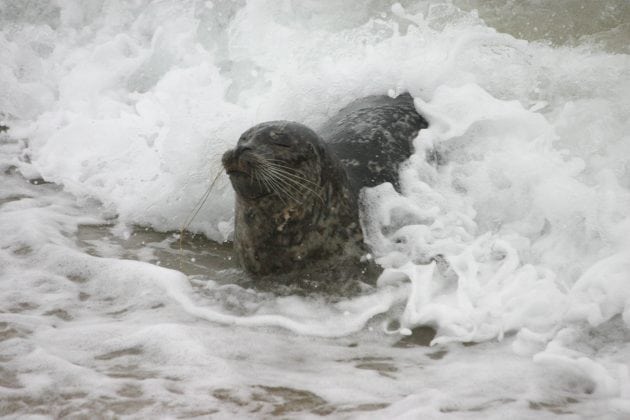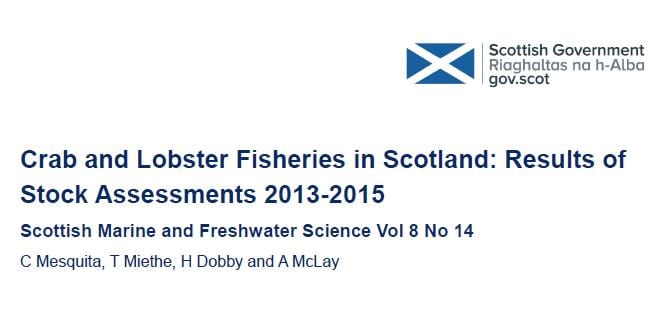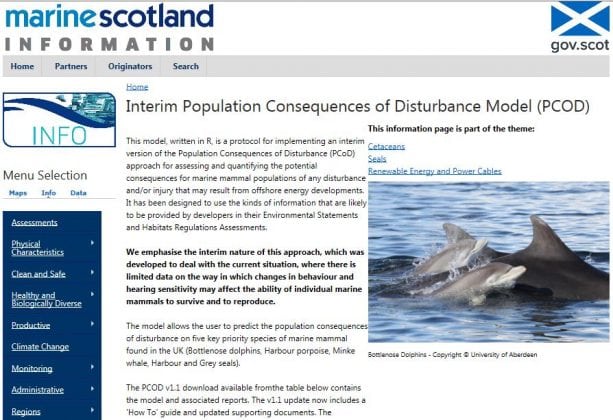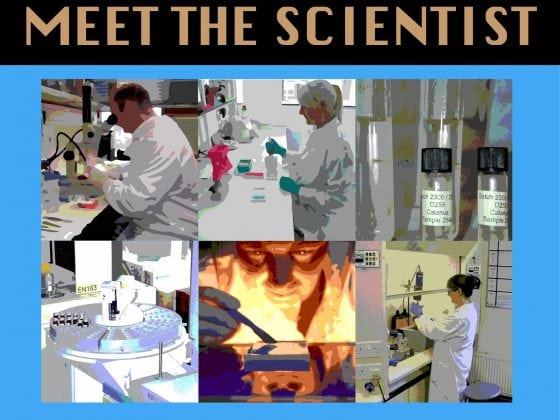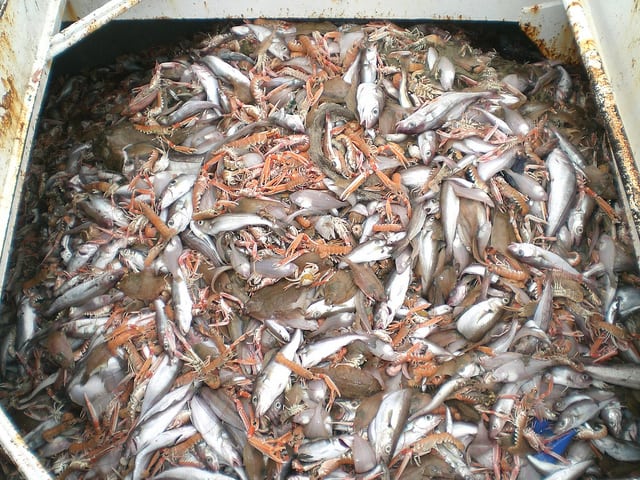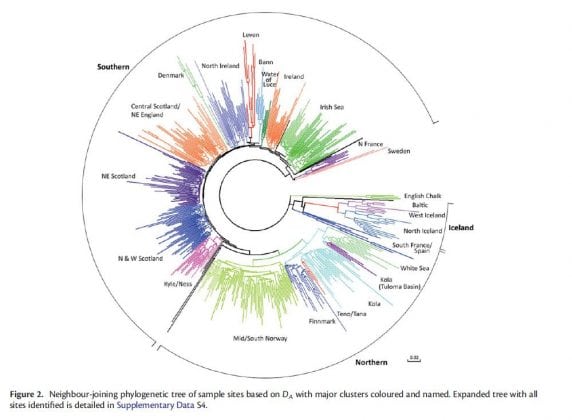Marine
-
Clyde Herring Acoustic Survey
18th October 2017 by Marine Directorate Communications
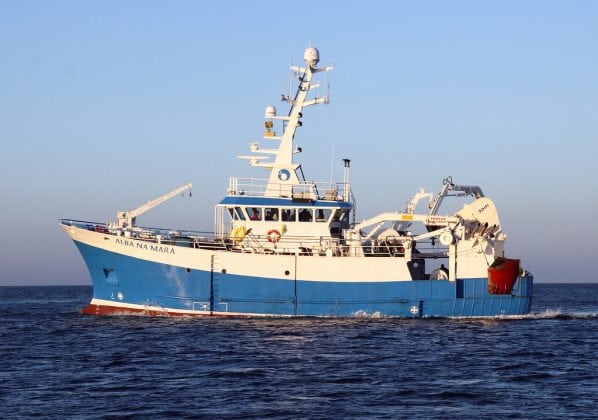
Duration: 20 October – 3 November 2017 Sampling Equipment: PT154, CTD Objectives: To conduct an acoustic survey designed to survey both the open and enclosed areas of the Clyde to ultimately provide an estimate of the abundance and distribution of herring and sprat. To obtain samples of herring and sprat for biological analysis, including age,...
-
ECOMMAS makes some more noise
17th October 2017 by Marine Scotland Communications

The East Coast Marine Mammal Acoustics Study (ECOMMAS) is a long-term, on-going study into how underwater noise generated by offshore industry impacts the distribution of dolphins and porpoises in Scottish coastal waters of the North Sea. Acoustic recorders (C-PODs and SM2Ms) are deployed at 30 sites across 10 locations along the east coast, extending from...
-
Crab and Lobster Fisheries in Scotland: Results of Stock Assessments 2013 – 2015
16th October 2017 by Marine Scotland Communications

Today, Marine Scotland published the latest in its Scottish Marine & Freshwater Science series – Crab and Lobster Fisheries in Scotland: Results of Stock Assessments 2013 – 2015. Crabs and lobsters are important species for the Scottish fishing industry. Although the total quantity landed is small relative to finfish landings, crab and lobster attain high...
-
Predicting the impact of underwater noise on marine mammals
13th October 2017 by Marine Scotland Communications

Marine mammals, such as seals and dolphins, are sensitive to underwater noise and other disturbances which can affect their ability to forage or communicate. Our understanding of the effects of these pressures on marine mammal, and of how to assess and quantify potential impacts on populations, is rapidly evolving. One tool that can be used...
-
Model Movements
12th October 2017 by Marine Scotland Communications
This morning, Marine Scotland has published a report on approaches for modelling harbour seal movement. This type of information is important because it may be able to help predict the consequences of environmental change, such as the establishment and operation of marine renewable energy, on the distribution and movement of seal populations. The work, undertaken by the...
-
Clyde 2020 – Sampling the sediment
11th October 2017 by Marine Directorate Communications

Duration: 13-17 October 2017 Fishing Gear: Craib corer Day Grab – 0.1m2 Autosieve (0.5mm & 1mm mesh sieves) CTD Objectives: To map spatial distribution of sediment characteristics, infauna composition, pore-water nutrients and organic matter content within the inner Firth of Clyde, Clyde sea lochs and Clyde Estuary. To map the relationship between mean particle grain...
-
Meet our scientists – Dr Carey Fraser
10th October 2017 by Marine Scotland Communications

Who are you and what do you do? I am Carey Fraser. I work 30 hours a week and spend half of my week as Science Operations Programme Manager for Marine Scotland Science, and half on secondment as Head of Professional Development for Science in the Scottish Government. Why is what you do important? Science...
-
The Buckland Foundation lecture – 12 October 2017
3rd October 2017 by Marine Directorate Communications

The Buckland Foundation: Stewards of the Sea: Returning Power to Fishers Thursday 12 October 2017, The Byre Theatre, Abbey Street, St Andrews, KY16 9LA, 16.30 for 17.00. Free Entry & Refreshments Available. The Scottish presentation of the 2017 Buckland Lecture will be in the Byre Theatre at the University of St Andrews on Thursday 12 October...
-
The genetic stock identification of European Atlantic salmon
29th September 2017 by Marine Scotland Communications

Marine Scotland scientists, including senior author Dr John Gilbey, Eef Cauweiler and Lee Stradmeyer, have been involved in a recent publication in the ICES Journal of Marine Science. The publication, which is the results of a collaboration between researchers from laboratories in 11 countries from across Europe, provides the most comprehensive geographical coverage for an Atlantic salmon data-set for genetic stock...
-
Joint Warrior Training Activity: 30th September – 12th October 2017
27th September 2017 by Marine Scotland Communications
Exercise JOINT WARRIOR 172 (JW172) will take place between 30 September and 12 October 2017, delivered by the Joint Tactical Exercise Planning Staff (JTEPS) from Faslane. It is a programme of exercises conducted across the UK by land forces, warships, submarines and aircraft from 14 Nations. The majority of the maritime and air activity will be focussed...

